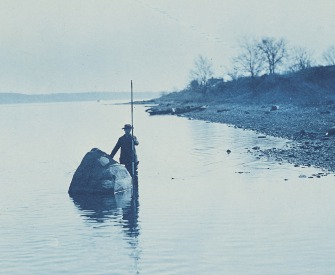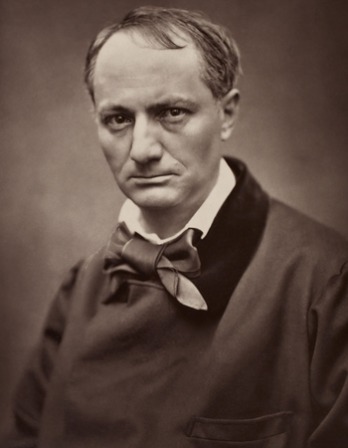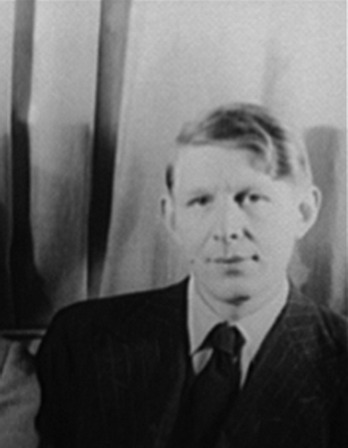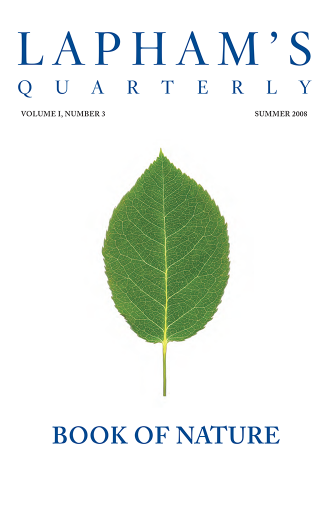My dearest Miss Mitford,
Do you know anything about that wonderful invention of the day, called the daguerreotype? Have you seen any portraits produced by means of it? Think of a man sitting down in the sun and leaving his facsimile in all its full completion of outline and shadow, steadfast on a plate, at the end of a minute and a half! The Mesmeric disembodiment of spirits strikes one as a degree less marvelous. And several of these wonderful portraits, like engravings (only exquisite and delicate beyond the work of the engraver) have I seen lately, longing to have such a memorial of every being dear to me in the world. It is not merely the likeness which is precious in such cases—but the association, and the sense of nearness involved in the thing … the fact of the very shadow of the person lying there fixed forever! It is the very sanctification of portraits I think—and it is not at all monstrous in me to say what my brothers cry out against so vehemently—that I would rather have such a memorial of one I dearly loved, than the noblest artist’s work ever produced.
From a letter to Mary Russell Mitford. Soon after Barrett wrote this letter and five years after the invention of the daguerreotype, her second book of verse, Poems, was published to wide acclaim, prompting Robert Browning to telegraph her, “I love your verses with all my heart, dear Miss Barrett. I do, as I say, love these books with all my heart—and I love you too.” They married in 1846.
Back to Issue





